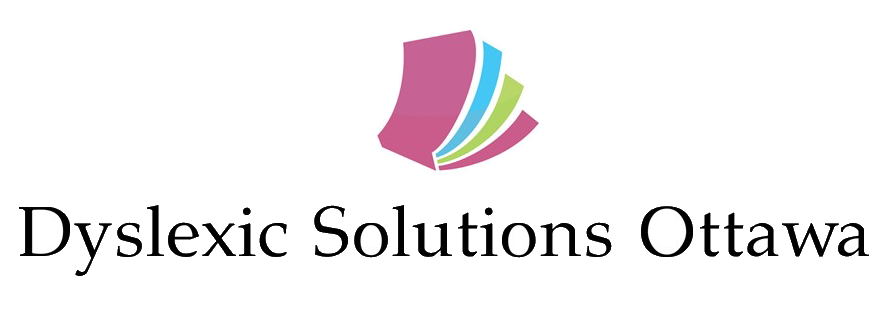Tutoring Services
Effective Strategies for Dyslexia
Dyslexic Solutions Ottawa provides intensive, one-on-one reading remediation for students who, despite being exposed to mainstream reading instruction, continue to struggle to develop their reading and writing skills.
We use the Barton Reading and Spelling System, an extremely reputable Orton-Gillingham based tutoring system.
Tutoring options
We offer both online and in-person tutoring options.
Remote tutoring sessions take place over Zoom, using an online tutoring system designed specifically for the Barton Reading and Spelling System. Lessons will be delivered in a 1:1 setting with one of our experienced remote Barton tutors. Simply log on in the comfort of your own home, and your child’s tutor will guide them through our interactive and engaging Barton lessons.
We have a limited number of tutors who provide in-person tutoring sessions. In-person sessions take place in the comfort of your own home, or at an agreed upon location outside of the home, such as a local library. You will be paired with one of our skilled tutors who will meet with your child twice weekly to deliver individualized 1:1 support using the Barton Reading and Spelling System.
About The Barton Reading and Spelling System
The Barton Reading and Spelling System® is a scientifically research-based reading and spelling (and multi-sensory phonics) tutoring program. Its extensive curriculum is designed specifically for students struggling with reading and spelling challenges, due to language-based learning disabilities, or dyslexia.
Leading expert in the field of dyslexia, Susan Barton, developed this program. Ms. Barton has been inducted into the International Dyslexia Association’s Hall of Honor. The Barton Reading and Spelling System® is an intensive tutoring program, based upon the Orton-Gillingham approach to reading instruction.
The Program’s Structure and Methodology
In order to achieve success, dyslexic readers need to be taught the phonemic structure of language with patience and empathy – slowly and systematically. Using coloured tiles and explicit, multi-sensory phonics instruction, students progress at their own pace.
Learning in this manner enables students to strengthen their reading accuracy, spelling, and comprehension skills. To enhance results further, each skill is taught in a particular and sequential order, so that each lesson builds on the previously learned skills.
Tutoring sessions are highly interactive and engaging. The student is given constant feedback and guidance as he or she masters each skill. Diagnostic teaching strategies are implemented as students receive positive and constructive feedback throughout each lesson.
For Best Results
It is recommended that students be tutored at a minimum of two hours per week. This regularity forms an essential component to building the neural circuity associated with reading, thus closing the gap between the dyslexic reader and his or her grade-level peers.
Commitment and consistency are the keys to success. Please don’t anticipate a quick fix.
It can take at least two to three years to progress through and complete the Barton Reading and Spelling System® in its entirety (that’s all 10 levels). Skipping a level is not recommended, even if it may seem trivial. Since each level builds upon the previous, it is absolutely vital they all be followed – thoroughly.
The Barton Reading and Spelling System® is an Orton-Gillingham-Influenced Simultaneously Multisensory Explicit and Systematic Phonics program. Studies show that effective phonics programs must be taught both explicitly and systematically (Shaywitz, 2003). The Orton-Gillingham method incorporates these features, plus many more, and the benefits are tremendous.
The Orton-Gillingham Approach – What is Taught and How?
The Orton-Gillingham method was developed in the 1930’s by Anna Gillingham and her colleagues, under the direction of Dr. Samuel Orton. The method’s purpose was to serve as an alternative way of teaching how letters and sounds relate in words – both in reading and spelling. Its principles and methods became the foundation of many other similar programs. The Orton-Gillingham method includes the following elements:

Parents now have the solution to their child’s language-based learning disability, offering relief from frustration – for both them and the child.
There’s little room to doubt its true value as an essential multi-sensory phonics program and tool in the process of helping a child through the reading challenges Dyslexia presents. Results have proven the efficacy of employing the Barton Reading and Spelling System® time and time again.
For parents or teachers interested in using and implementing the Barton Reading and Spelling System® with their own children or students, please don’t hesitate to contact us. I’m happy to answer questions about the program, and to provide feedback related to effective implementation.






